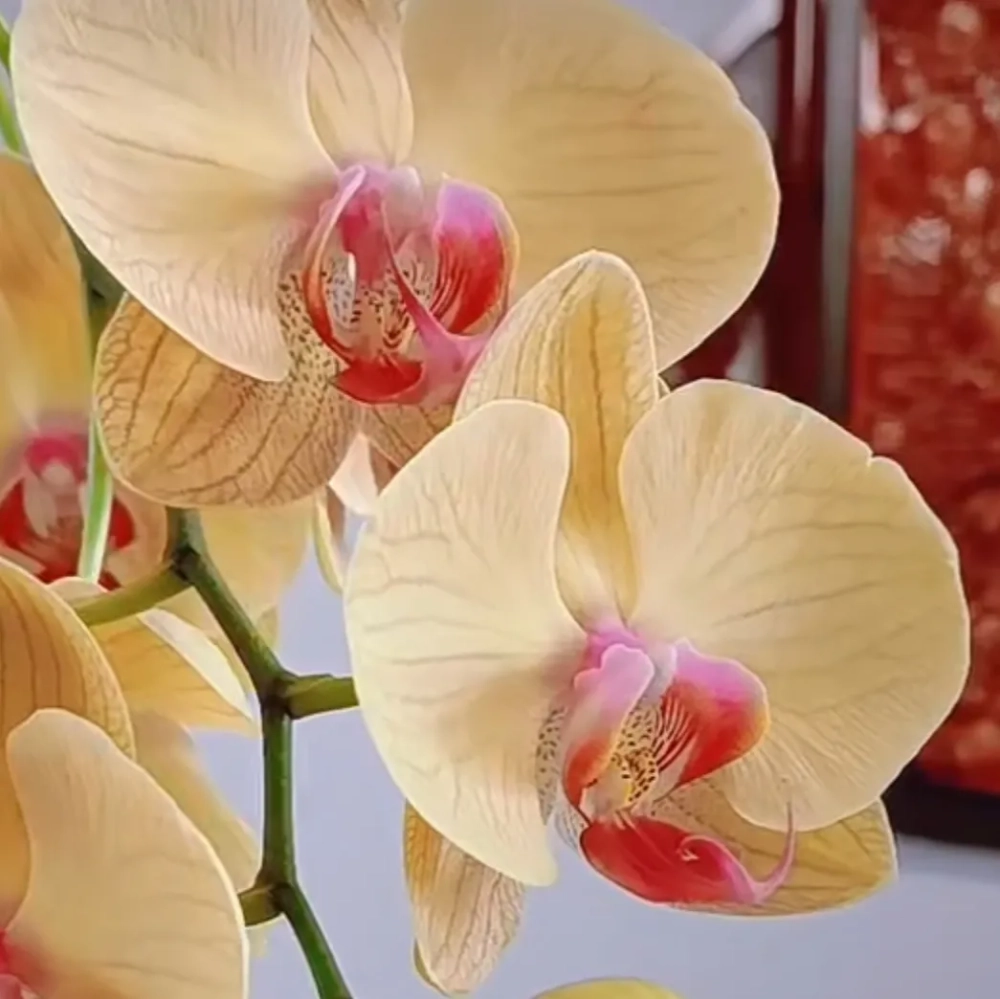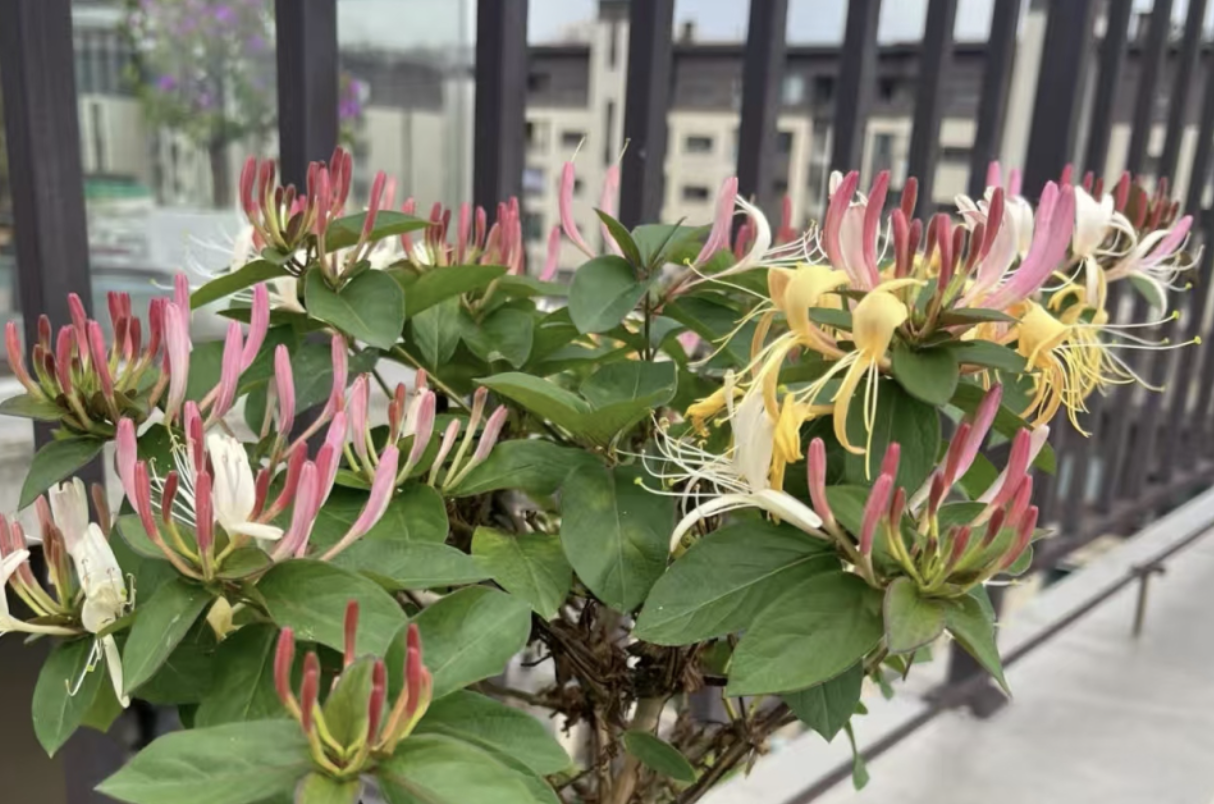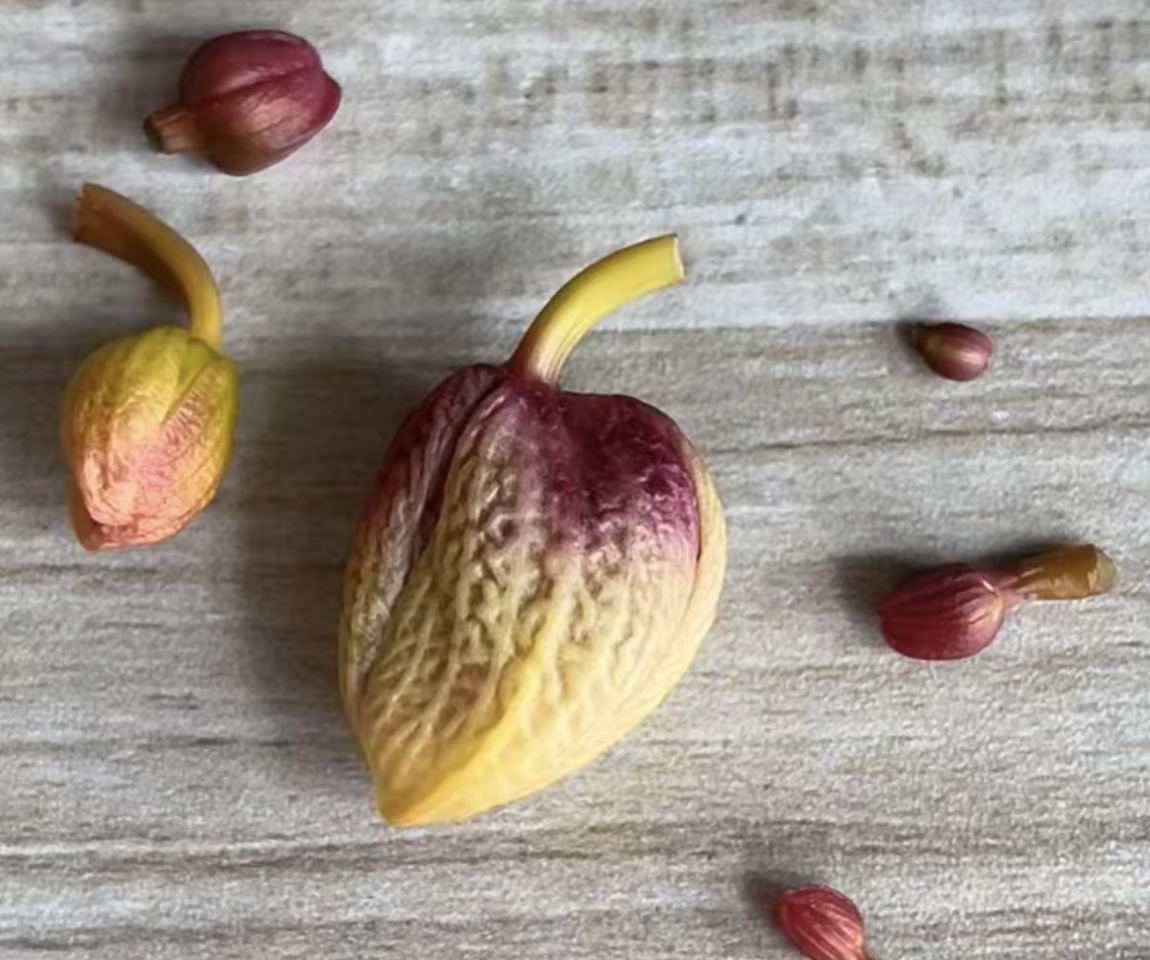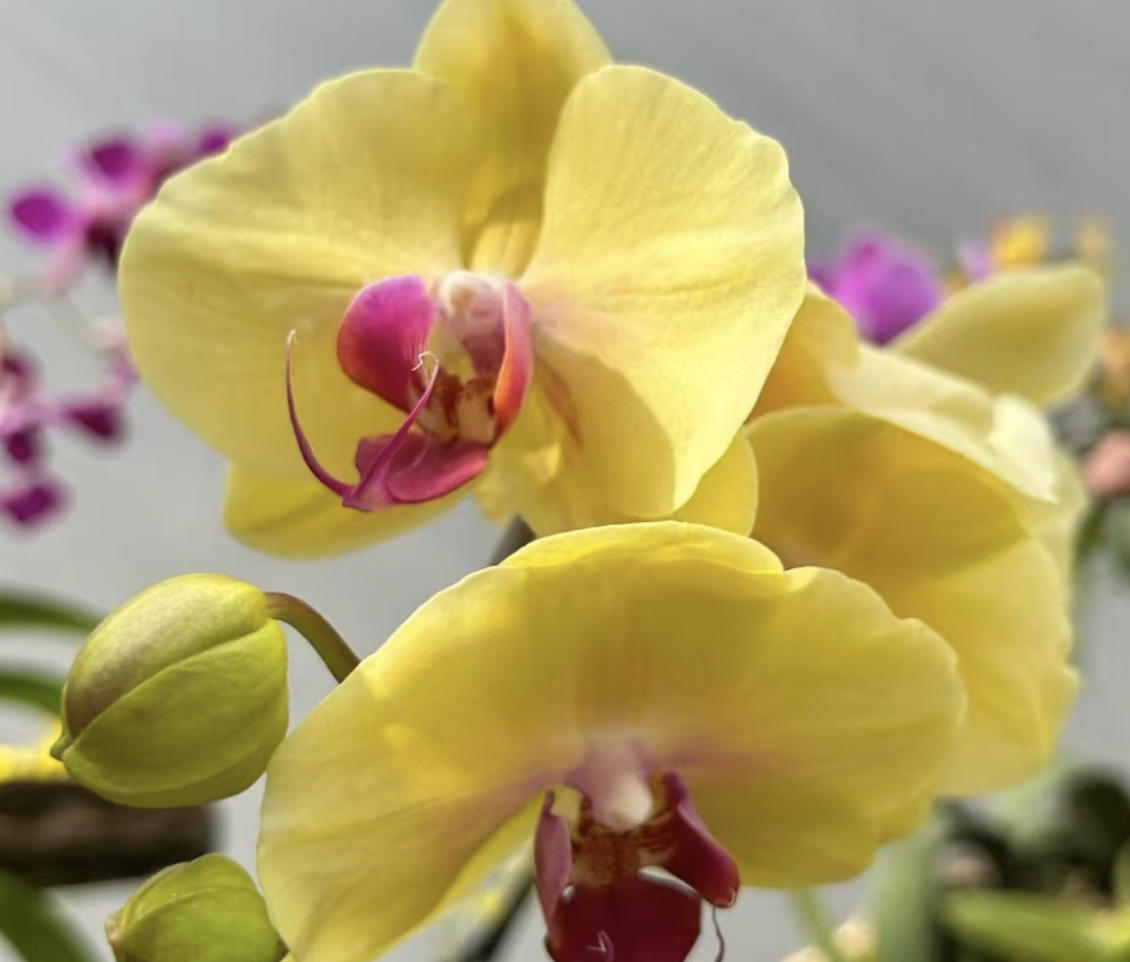Today, I'd like to introduce you to the beauty of the Phalaenopsis family - the Phalaenopsis 'Xiao'antong'.
The Phalaenopsis 'Xiao'antong' has relatively large flowers with a full and round shape. The color saturation of its petals is extremely high, presenting a rich and deep color. What's most special is the unique pattern on its petals. Fine and dense, it resembles roots or veins, winding and stretching, which endows it with high ornamental value. Placed in the living room or on the windowsill, it instantly becomes the visual focus and is an ideal choice for home decoration.
The flowering period of the Phalaenopsis 'Xiao'antong' usually lasts about 2 - 3 months. However, the flowering period can be affected by the maintenance environment and methods. When conditions such as temperature, light, and moisture are suitable, the flowering period may be extended; conversely, improper maintenance may shorten it.
Reasons and Solutions for the Yellowing of the Leaves of Phalaenopsis 'Xiao'antong'
Watering issues: Over - watering can easily lead to waterlogging and root rot, which in turn causes the leaves to turn yellow. The countermeasure is to regulate the watering frequency and follow the principle of "watering thoroughly when the soil is dry". That is, water the plant when the surface of the soil is dry, and water until water seeps out from the bottom of the pot each time. If waterlogging has occurred, remove the plant from the pot, trim the rotten roots, disinfect them, and then replant it in dry soil. Insufficient watering will cause the plant to lack water, making the leaves yellow and shriveled. In this case, water should be added in a timely manner, and the amount of water should be gradually increased to help the plant regain its vitality.
Lighting issues: Excessive light can burn the leaves, making them turn yellow. It is necessary to move the plant to a place with diffused light to avoid direct sunlight. Insufficient light will affect the normal photosynthesis of the plant, also resulting in yellow leaves. The Phalaenopsis 'Xiao'antong' can be placed in a well - lit but non - direct sunlight position, such as by the window.
Fertilizing issues: Over - fertilization can cause fertilizer damage and make the leaves turn yellow. At this time, a large amount of water is needed to dilute the fertilizer, and in severe cases, the soil needs to be replaced. Insufficient fertilization, which leads to a lack of nutrients, can also cause the leaves to turn yellow. Therefore, fertilization should be carried out reasonably. During the peak growth period, apply a thin liquid fertilizer every 1 - 2 weeks.
Key Points for Winter Maintenance of Phalaenopsis 'Xiao'antong'
Temperature: The Phalaenopsis 'Xiao'antong' prefers a warm environment. In winter, the room temperature should be kept above 15°C. If the room temperature is lower than 10°C, its growth will be inhibited; if it is lower than 5°C, it may suffer from frost damage. It can be placed in a warm area indoors, and if necessary, use heating equipment to raise the temperature.
Light: The sunlight in winter is gentle. The Phalaenopsis 'Xiao'antong' can be fully exposed to the sun. Place it on a south - facing balcony or by the window to ensure sufficient light, which promotes photosynthesis and is beneficial to the growth of the plant and the development of flower buds.
Watering: In winter, the plant grows slowly and has a reduced demand for water. The watering frequency should be reduced. Water once every 10 - 15 days is sufficient. The watering time is preferably at noon, and the water temperature should be similar to the room temperature to avoid freezing the roots.
Fertilizing: Due to slow growth in winter, the amount and frequency of fertilization should be reduced. A thin phosphorus - potassium fertilizer can be applied every 1 - 2 months to enhance the plant's cold - resistance. Avoid applying nitrogen fertilizer to prevent excessive growth.
The Maintenance Methods for Phalaenopsis of Xiao'antong

Share with
Tagged in :




Leave a Reply